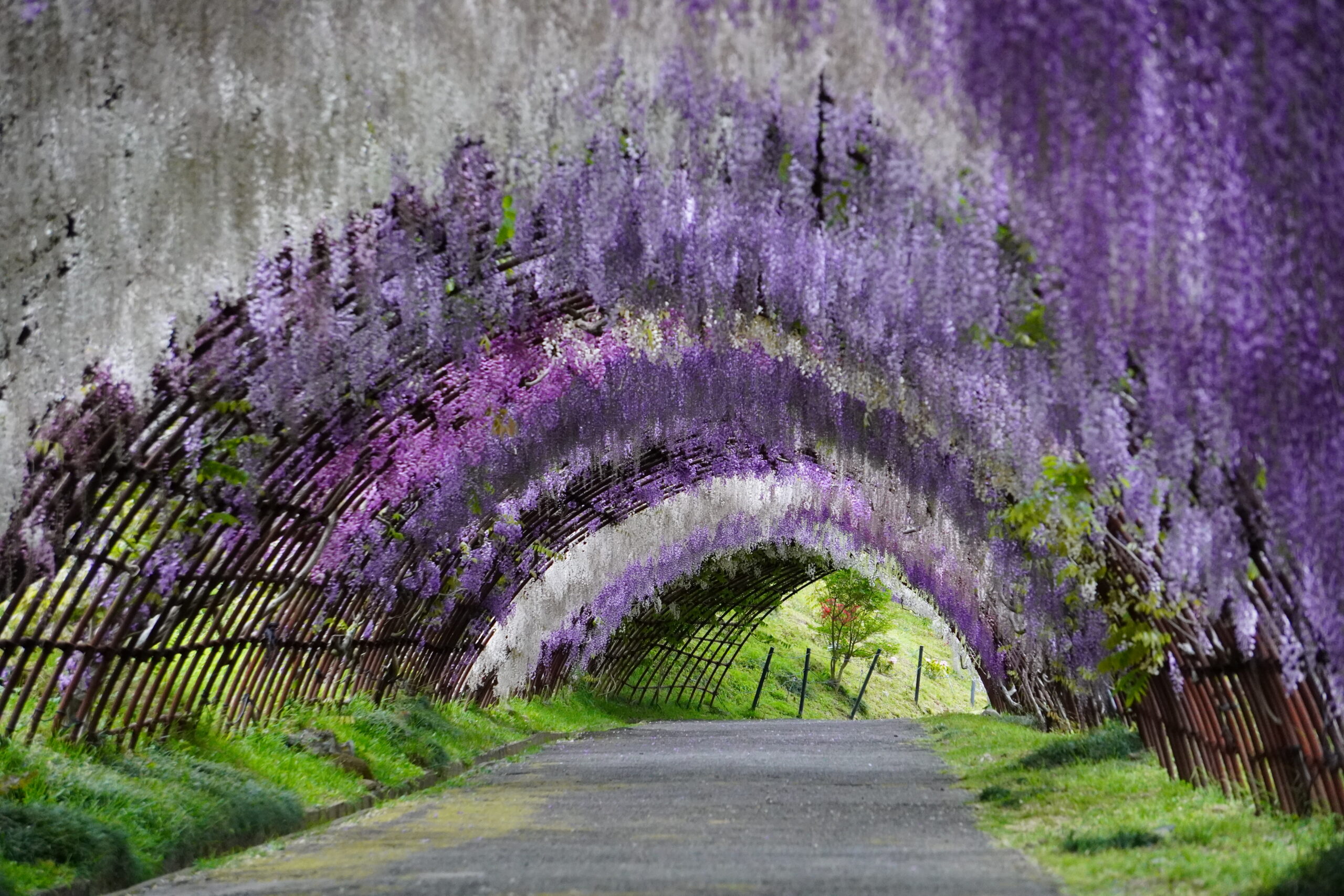A Journey Through Kyushu: Part One
This article was originally featured in the February 2024 issue of Connect.
Mark Christensen (Fukuoka)
Kyushu.


When I first received my JET assignment to this island, my mind blanked. Aside from a few historical footnotes, like Saigo’s Satsuma Rebellion or the tragedy at Nagasaki, there had been few references to Kyushu over the course of my Japanese studies. What I did find painted a picture of a subtropical island with a few modern cities and a bunch of farmland. I remember feeling disappointed, wondering if this mysterious island was going to be a letdown.
The truth, however, was something far different than what I could have ever imagined. Far from being a plain, forgotten island, Kyushu is an underrated gem of Japan. With sparkling seas, snow-capped volcanoes, magnificent smaller islands, and ancient ruins, it’s a land worthy of exploration.
Blessed with easy access to mainland Asia, Kyushu has earned the nickname “Gateway to Japan,” and—while not nearly as populated as Honshu—it serves both travelers and locals alike with a diverse transportation network. However, in my five years of living here, I’ve found that if you want to truly enjoy every one of this island’s many treasures, your best bet is to get behind the wheel yourself and hit the road.
Despite being named “Nine Provinces,” Kyushu today has seven very distinct prefectures. While you could drive from north to south in a little over five hours non-stop, each of these places has a lot of curious secrets to delve into: You could plan a weeks-long tour and still not see it all. To explore it fully, we’ll cover north and west Kyushu in Part One (this article) with Part Two to follow in a future edition of [CONNECT], which will cover the east and south regions. So, whether you’re planning to make the trip yourself, or just want to join us for the journey on the page, let’s take a look!

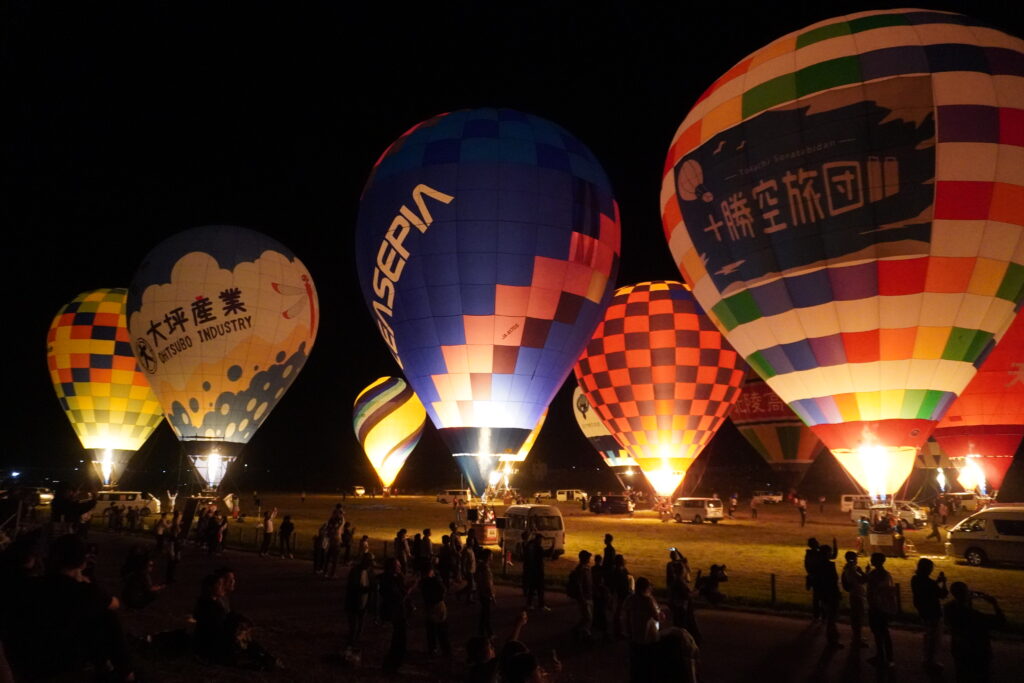
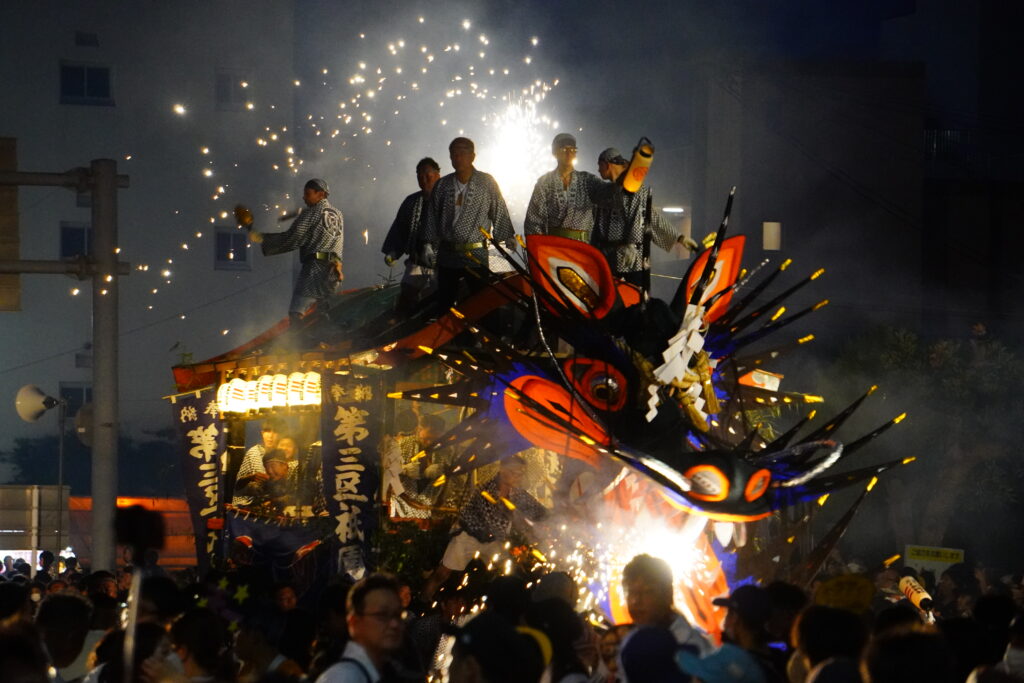
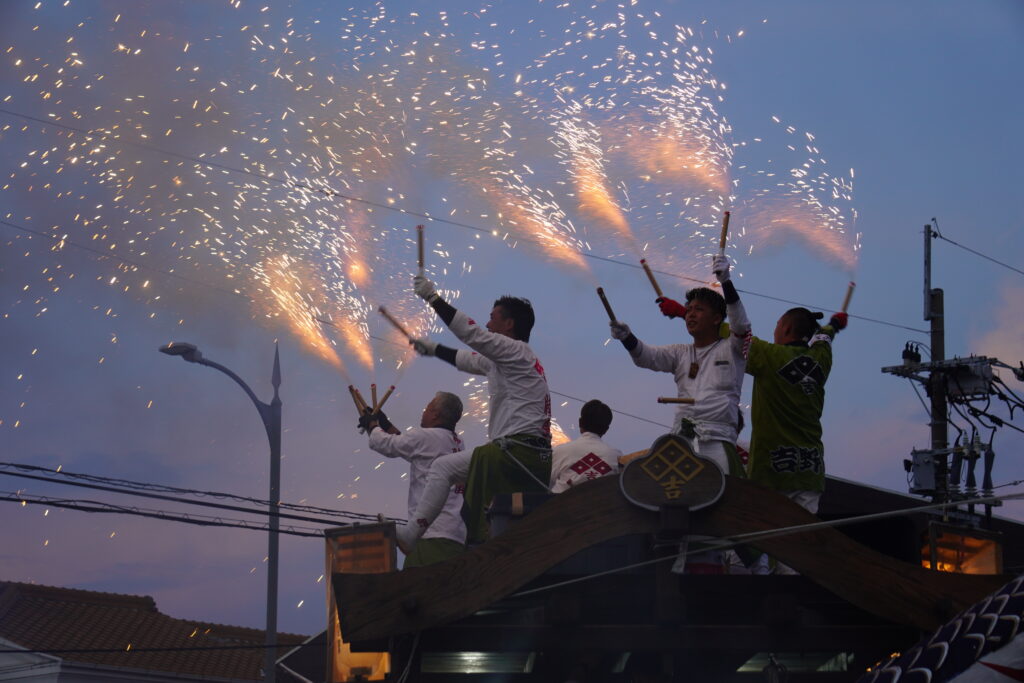



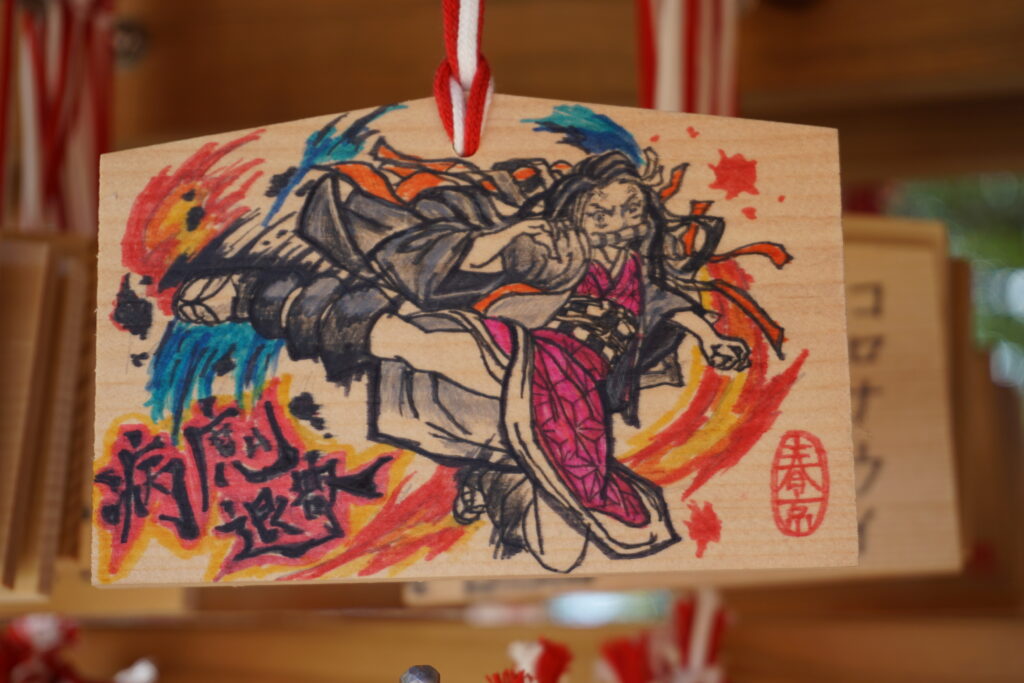
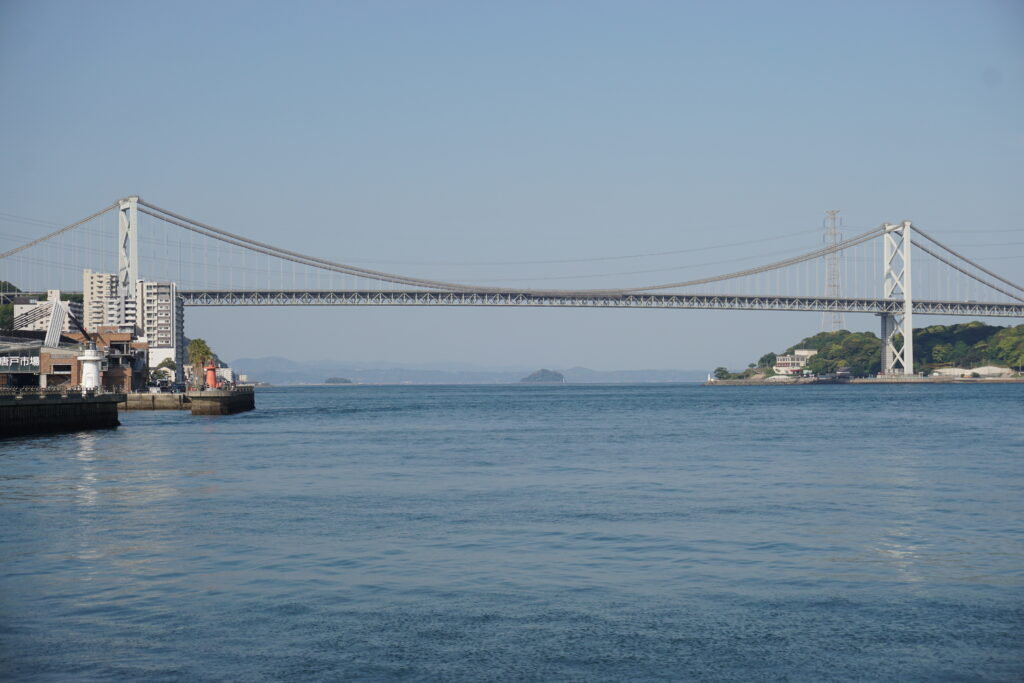
Fukuoka
Situated at the northernmost point of Kyushu, Fukuoka Prefecture’s direct transportation links with Honshu allow it to act as a central hub for the rest of the Island.
This is where our trail begins, as we cross over the Kaimon Straits. Featuring a bridge spanning both islands and some unusual, old European-style structures, the area is host to spectacular fireworks during the summertime. You can also enjoy trying various types of blowfish!
From here, our next major stop will be Kitakyushu City, which hosts a number of museums and a beautiful castle. However, one of the city’s most sought after spots is nestled deep in the mountains that surround it. Following some twists and turns in the road, we find ourselves at the Kawachi Fujien Wisteria Garden. Here, the trees have been shaped into a beautiful purple tunnel over the winding path, which leads to an upper viewing area covered in a canopy of purple flowers. The area is so gorgeous, in fact, that it’s considered one of the best flower spots in Japan.
Beyond Kitakyushu lies Fukuoka City, the heart of the prefecture. Unsurprisingly, it’s also filled with a host of places to visit.
As we approach, one great opportunity for a sightseeing stop is Miyajidake Shrine, which features the famous “Path of Light.” For a short period in October and February, the setting sun perfectly aligns with the main road that runs from the shrine to the sea. It’s definitely a must see for those that enjoy sunset photography.
Then, for a taste of the beautiful seaside, just outside Fukuoka City itself is the Uminonakamichi Peninsula. Hosting Marine World and the sprawling Uminonakamichi Park, it’s a wonderful open space you can enjoy all year long. One of my favorite features is the elegant fields of blue nemophila flowers in April.
Taking a stop in Fukuoka City, we’ve got a chance to cheat a little bit on our cross-Kyushu route, and jump forward to the islands of Iki and Fukue—which are technically in Nagasaki—since this is a great place to catch the ferry over.
Iki is to the north, and is definitely best experienced with a car. Two notable spots worth visiting on the island include Sariwa, the Monkey Rock, and Kojima Shrine. The first is a rock formation with an uncanny resemblance to a giant monkey, while the second is a small island shrine with a path that can only be reached during low tide.
To the southeast, Fukue is one of the main Goto Islands. Once a refuge for the “Hidden Christians” (mentioned more later on), the island contains some of the oldest churches in Japan, while the beaches offer stunning cyan-blue waters. On a clear day, the island’s Osesaki Lighthouse offers a beautiful view of the setting sun.
Returning to the main island, the highway south of Fukuoka City leads past Dazaifu Tenmangu Shrine. Dedicated to Sugawara no Michizane, a historical scholar deified as Tenjin (“god of learning”), it’s one of the most popular places for students hoping to pass their exams. Each year on October 18 a special prayer ceremony is held for students, marking the date Michizane passed a particularly challenging exam, though students also make regular pilgrimages throughout the year to pray for good luck.
While the shrine itself is currently under renovation, the grounds are home to beautiful displays throughout the year, including the Onisube Fire Festival, Tanabata, and Plum Blossom Ceremony. The Kyushu National Museum—which hosts a number of Japan’s most important cultural treasures—is on the edge of the shrine grounds, while Kamado Shrine—regarded as one of the inspirations for popular anime Kimetsu No Yaiba—is only another five-minute’s drive from the museum.
Continuing south, the landscape opens up before us with the massive Chikugo Plains, home to large cities like Kurume and Chikugo and rural farming areas like Yame and Yabe.
While it may not look like it, this region has a surprising connection to love. In Yabe, the narrow mountain roads lead to the “Heart Rock,” a natural rock formation resembling a classic heart design, while Koinoki Shrine in Chikugo is covered in heart symbols and pink paint.
Fukuoka’s southernmost city, Omuta, isn’t a stop on this particular journey, as we’re now going west. Still, Omuta is not to be missed. Braced between coastal mountains and the beautiful Ariake Sea, the city is definitely worth the drive. In the spring, the city’s Fukoji temple has brilliant pink and white plum blossoms while the annual Daijiyama dragon festival, a dancing parade, attracts hundreds of thousands of visitors in summer.
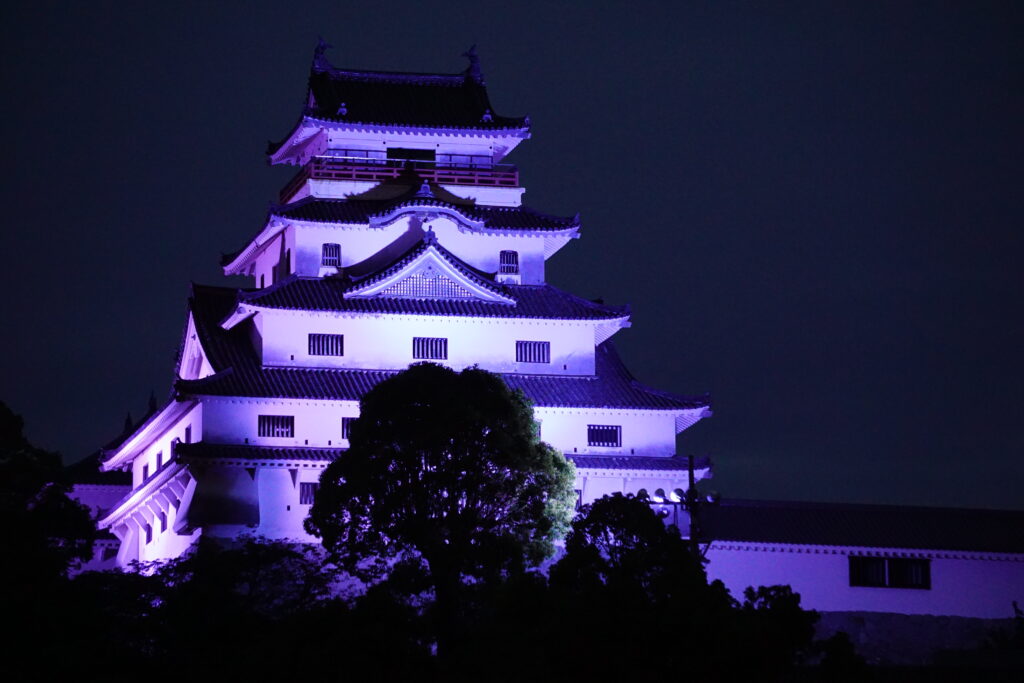
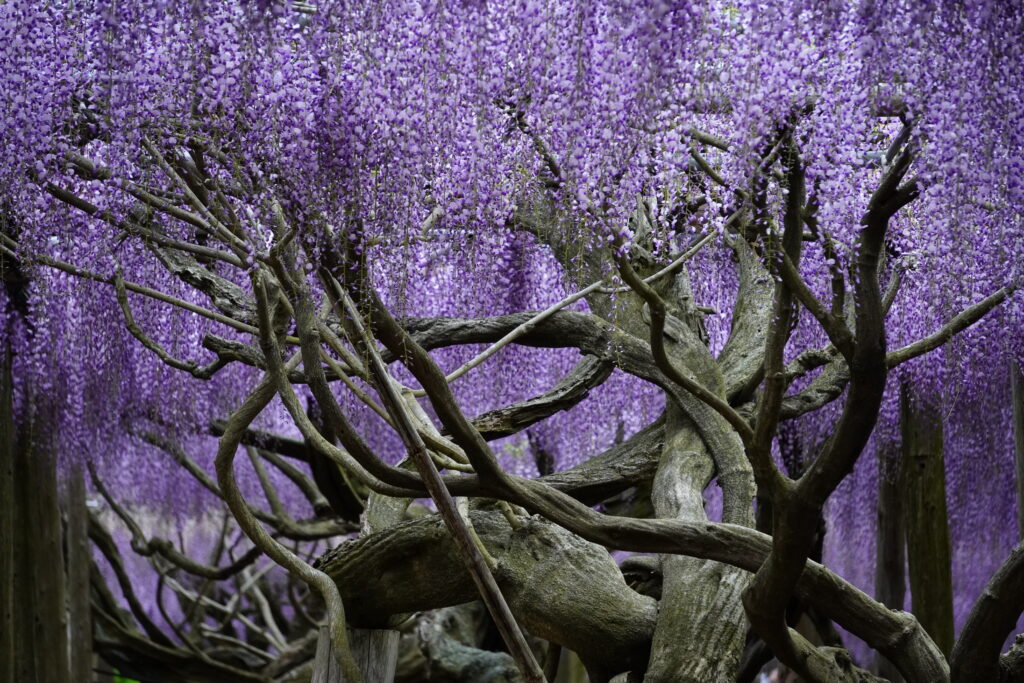
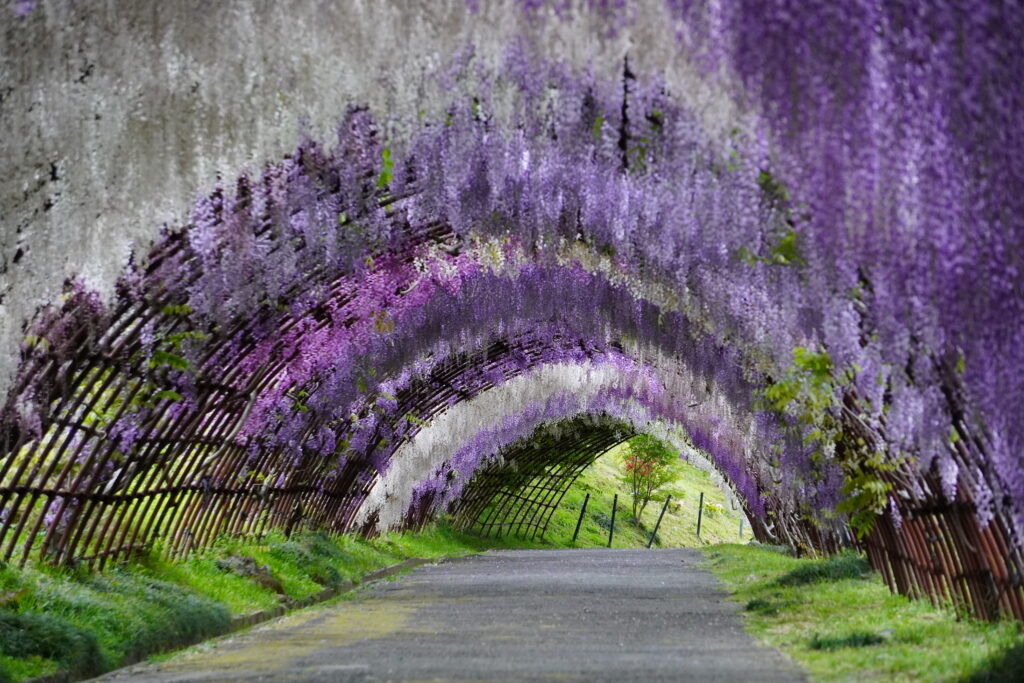
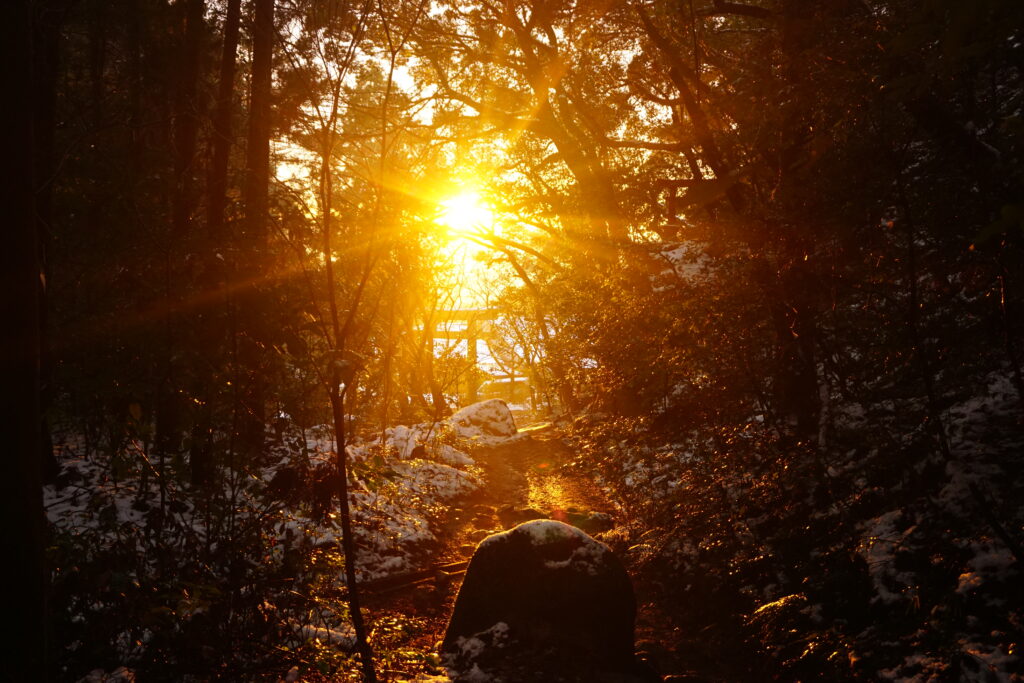
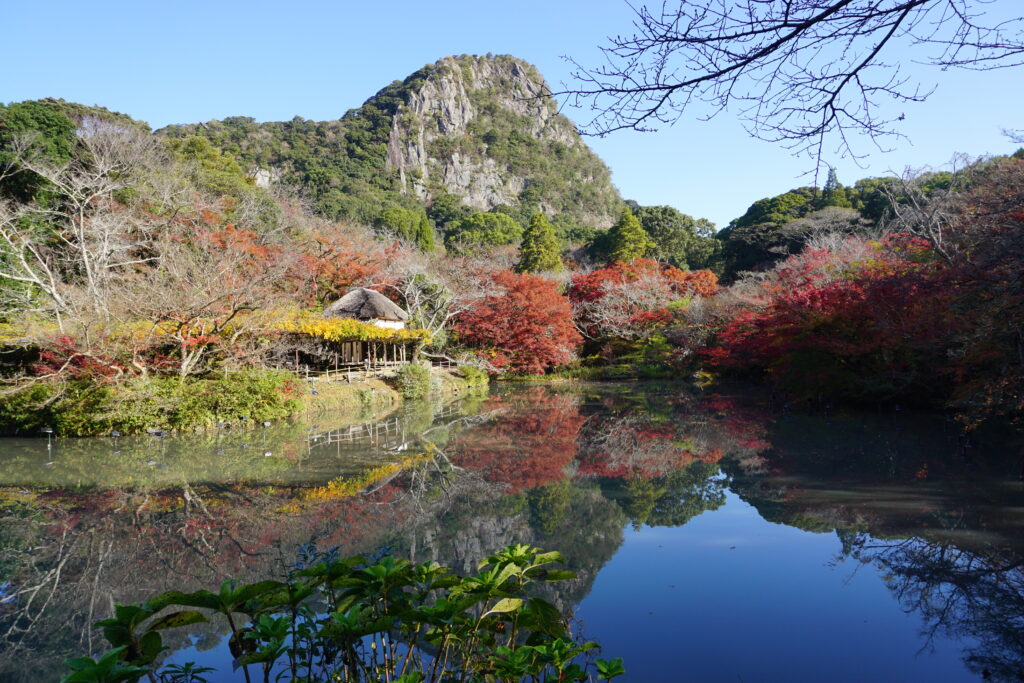
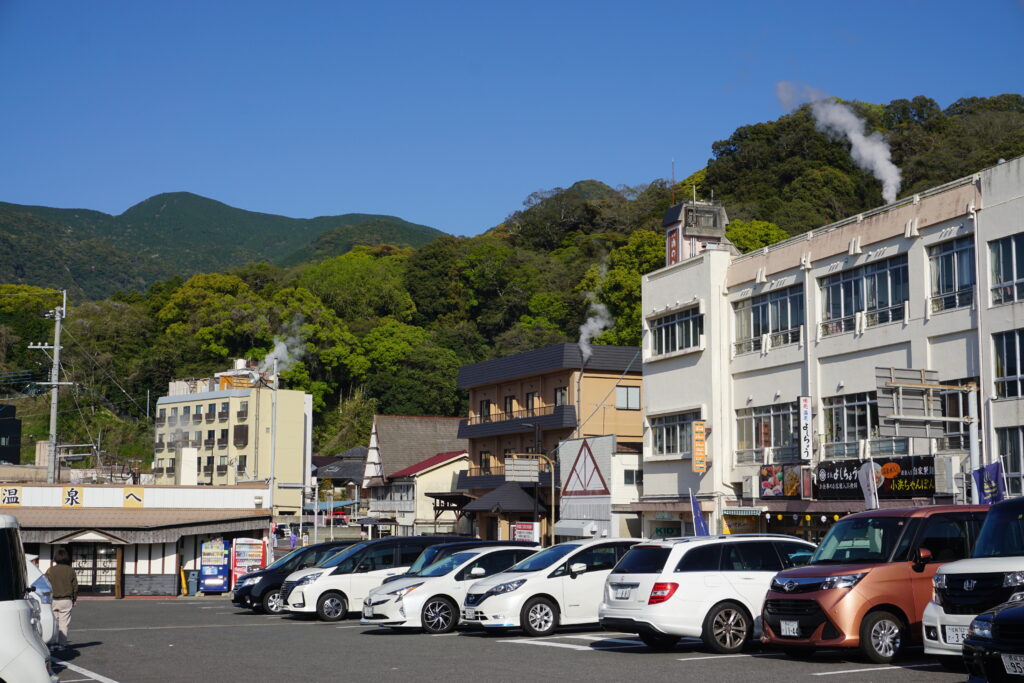

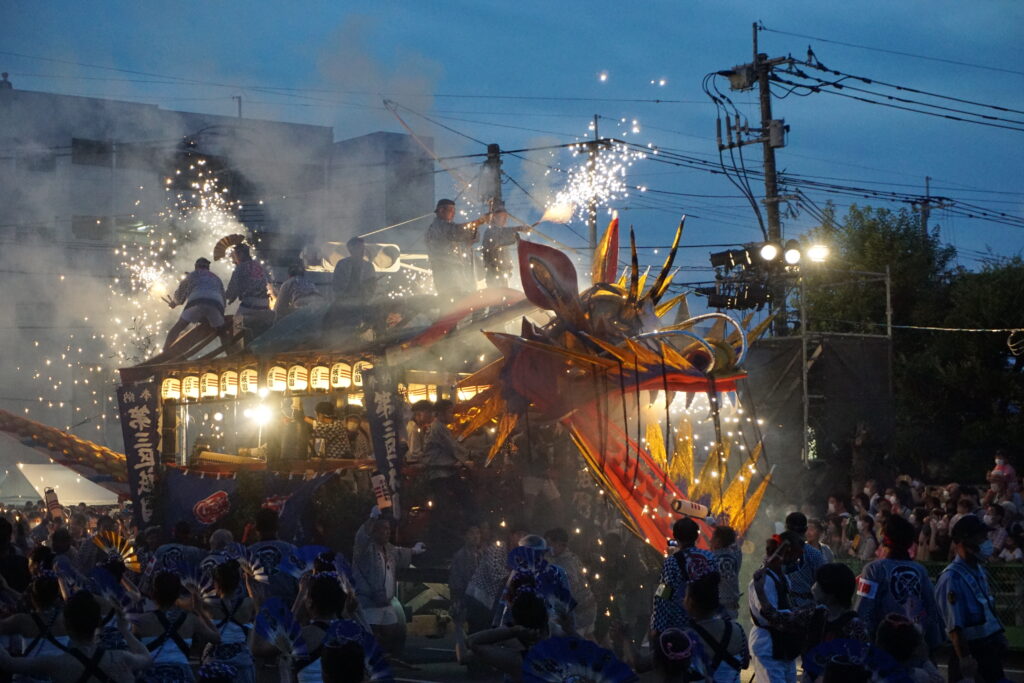
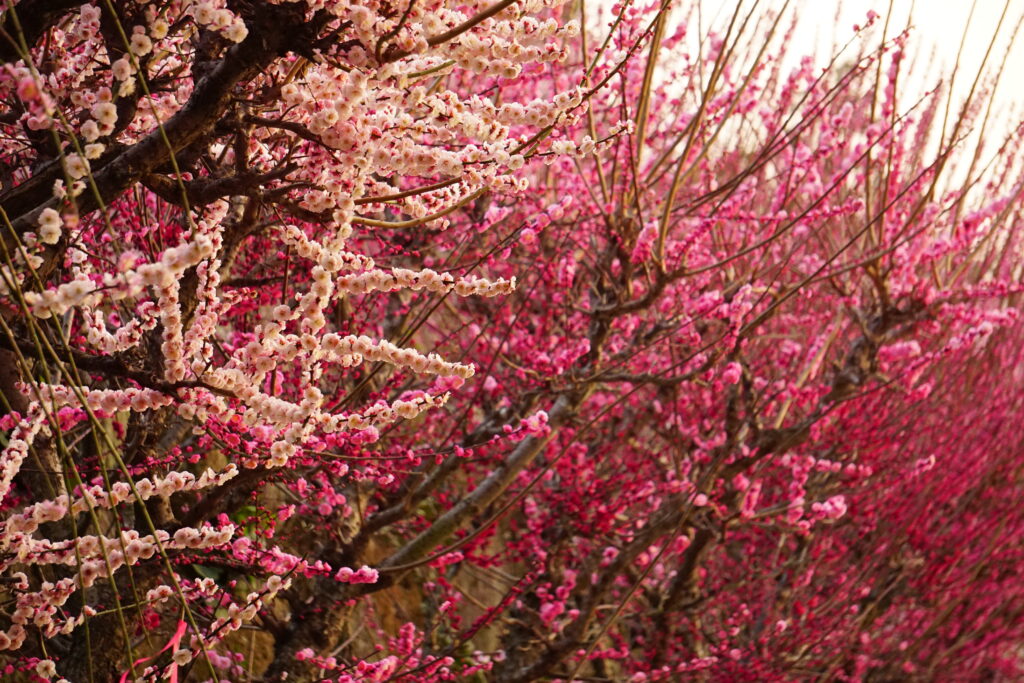
Saga
Sandwiched between Fukuoka and Nagasaki lies our next prefecture, Saga. Like Fukuoka, it contains a portion of the sprawling Chikugo Plains. To the north, it’s bisected by mountains, while the south meets the coast of the Ariake Sea.
Crossing over from Fukuoka, one of the first stops we can enjoy is the Chikugo River Lift Bridge. An antique from the 1930s that was once showcased in France, it was used to help trains cross over the heavy boat traffic of the Chikugo River. It was reopened again in the mid-1990s, and can now be traversed on foot!
Just outside of Saga City, the roads lead to one of the island’s most iconic aerial displays. In November, the prefecture hosts the Saga International Balloon Fiesta, which is one of the largest hot air balloon events in Asia. Attracting vendors and massive crowds, this festival also features nightly displays where visitors can see the balloons flare their engines along to the beat of music.
To the north, and across the mountains, we can visit Karatsu Castle. While the original castle was destroyed during the 1870s, the current castle is still quite scenic. At night, the castle is sometimes beautifully illuminated with purple and blue lights. This isn’t Saga’s only notable illumination display, either. Mount Mifune on the outskirts of Takeo City features a park with an impressive maple tree light up during November.
A short drive away, we happen across two very interesting holy sites. The first, Takeo Shrine, is home to Japan’s sixth largest tree, a 3,000 year old Camphor tree. It’s so big, in fact, that there’s a shrine inside its trunk! The other site is Yutoku Inari Shrine, one of the most important Inari shrines in all of Japan, said to be on the level of Fushimi Inari Shrine in Kyoto.
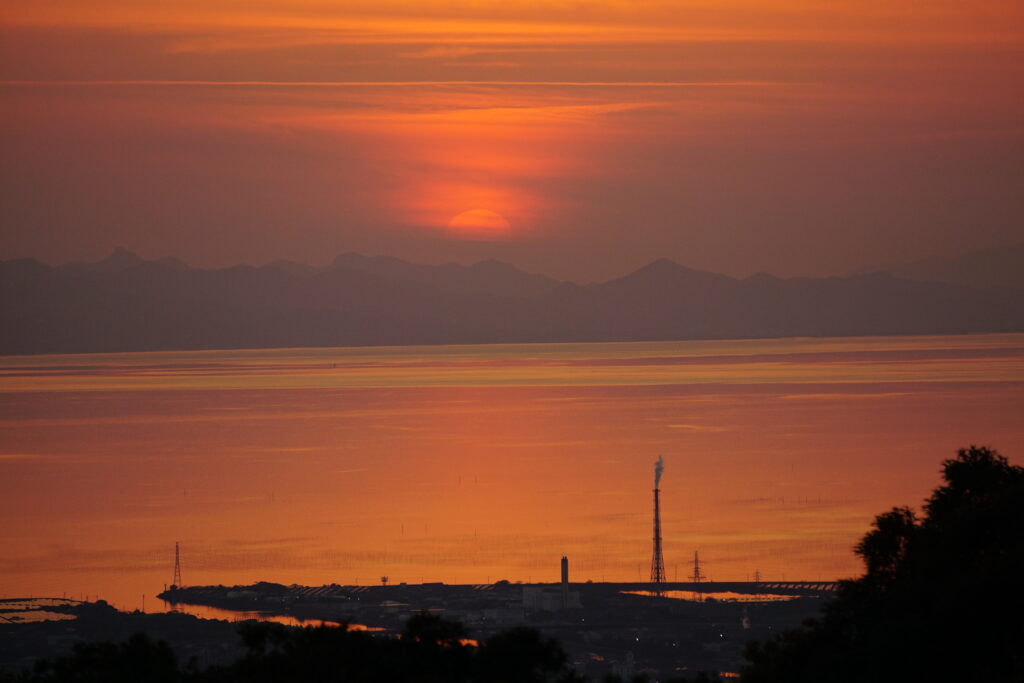
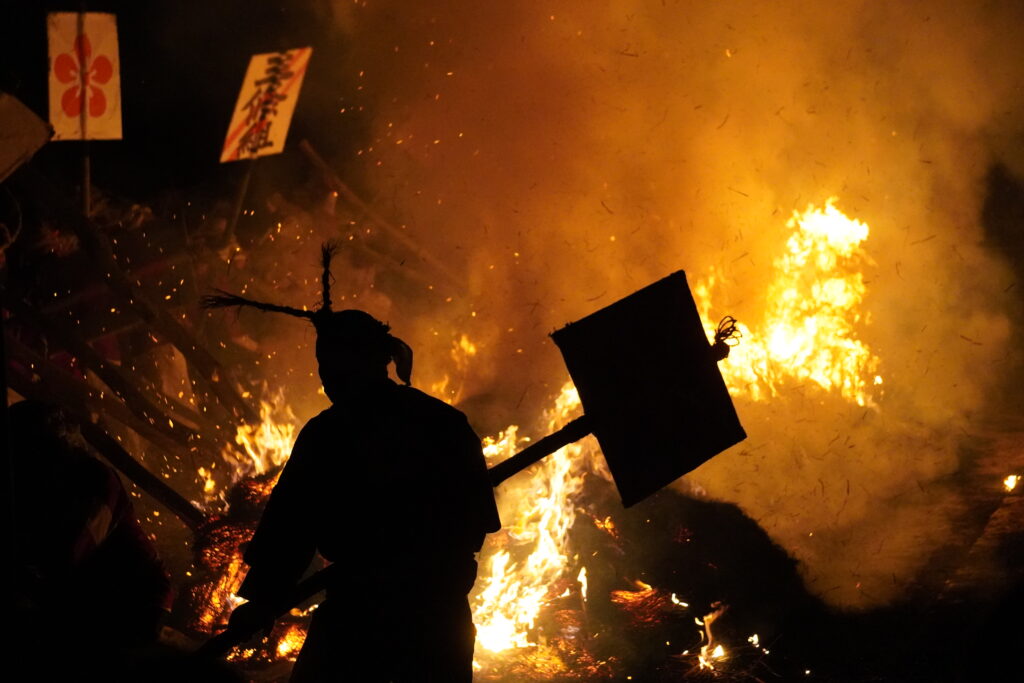
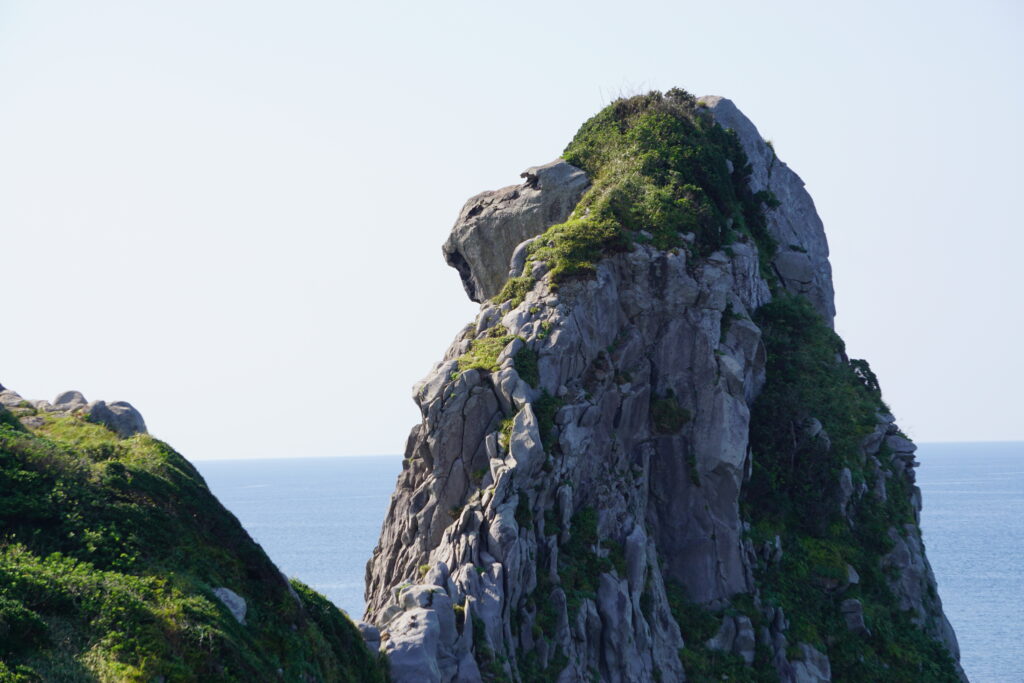

Nagasaki
Beyond Saga, the highway leads away from the flatlands into the crowded coastal mountains and ports of Nagasaki.
Near the border of Saga and Sasebo City, we encounter the famous Huis Ten Bosch Theme Park. Seemingly out of place and time, this Dutch-style theme park contains one of Japan’s largest illumination displays. It’s especially famous for its seasonal events, including a large-scale Christmas festival and its beautiful spring tulip displays.
If we drove about an hour to the north from Huis Ten Bosch, we would pass through the crowded city of Sasebo and pass into some remote countryside. Marked with a small park, this is the place to visit for those who wish to see the westernmost point in mainland Japan.
With an eye to the area’s history, however, let’s head south to Shimabara Peninsula. Here, the land is rich in local tradition and geology.
The city of Shimabara itself is based at the foot of the towering Mount Unzen. Hundreds of years ago, the city’s castle was a focal point of the Shimabara Rebellion. While much of the original castle was dismantled, the reconstructed keep serves as a museum to showcase the secret history of the Kakure Kirishitans (“Hidden Christians”) and legendary heroes like Amakusa Shiro, while the outer grounds honor Seibo Kitamura, a key figure in the design of Nagasaki’s Peace Park.
Mount Unzen itself is also readily accessible for drivers. Unzen Ropeway, which provides a gondola ride to upper areas of the mountain, is only a 40 minute drive from Shimbara. Depending on the season, the ride provides excellent views of white, rime-covered trees or brilliant pink azaleas, and once you’ve been lifted up the hill, you’ll also find the trailhead for a short, scenic hike to the edge of the newest volcanic craters.
A few kilometers’ drive from the ropeway, you can also enjoy the Unzen Jigoku area, famed for its many natural hot springs. My favorite local hot spring area, however, is the seaside onsen of nearby Obama, where we will rest our weary feet for a while, as we plan our journey back to the east.
Join me next time as we conclude our travels across Kyushu’s four remaining prefectures: Kumamoto, Oita, Miyazaki, and Kagoshima.
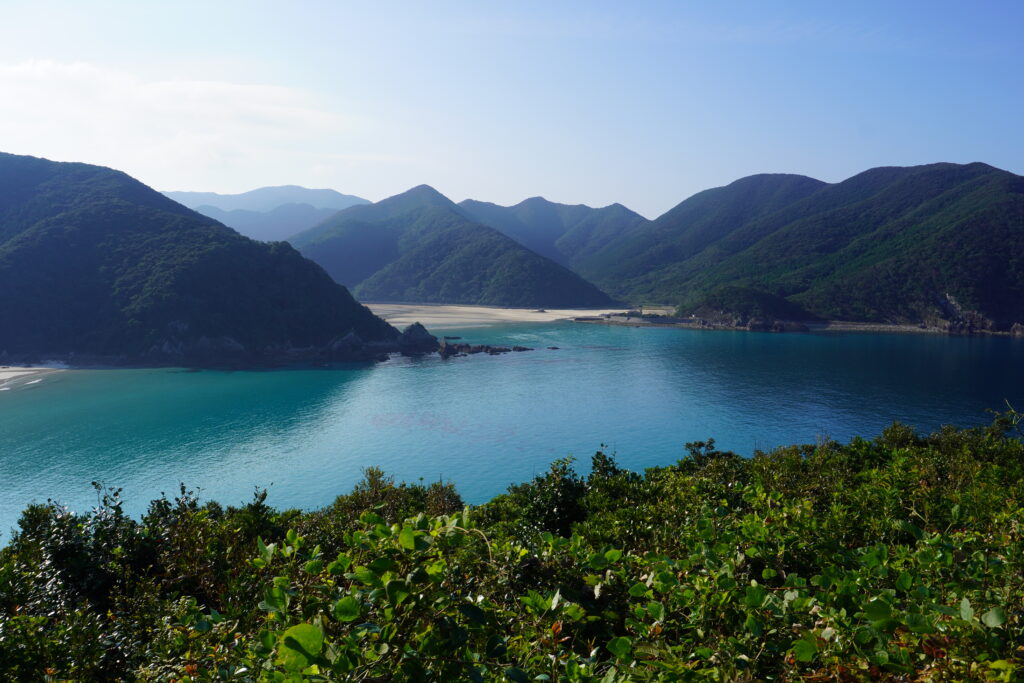

Mark Christensen is a fifth-year ALT from Snohomish, Washington in the United States. An avid photographer, he has a passion for mountaineering and capturing the beauty of Japan. He currently resides in Omuta, Fukuoka. You can follow his photography on his Instagram.




